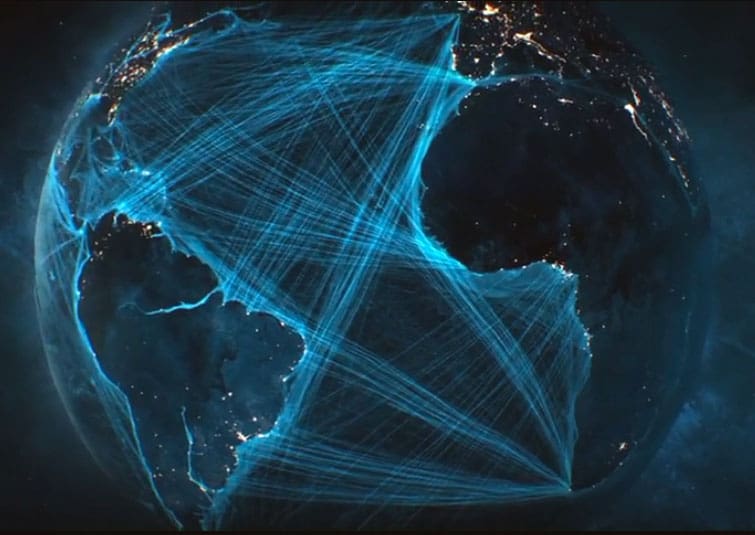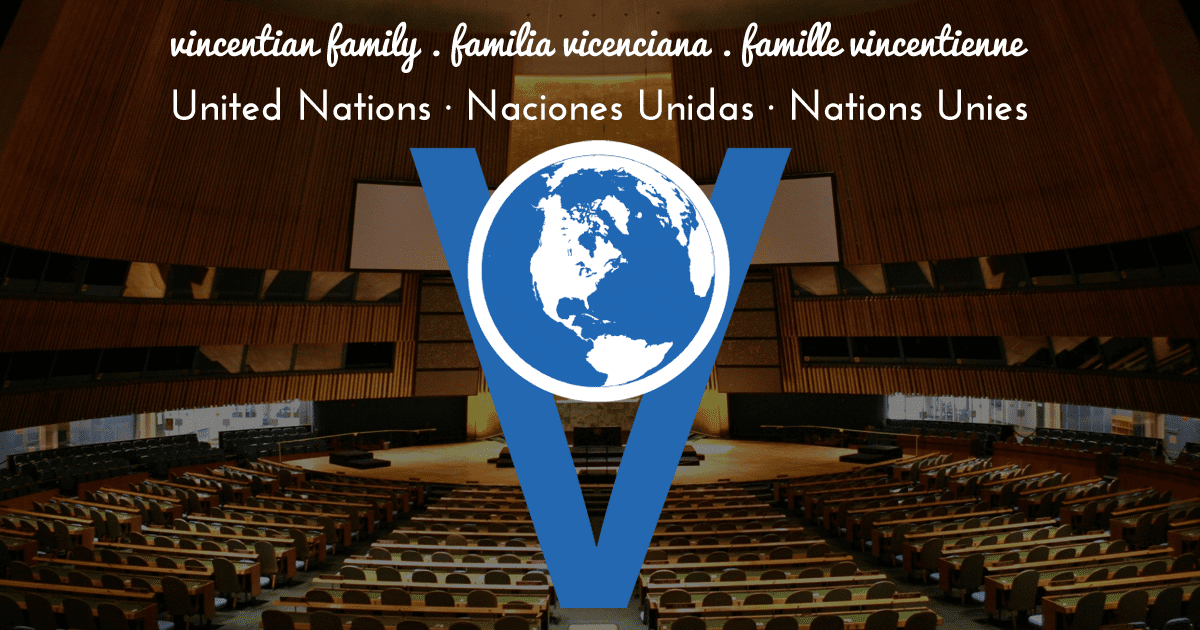A UN treaty to Protect the High Seas from Overexploitation
Oceans cover 70 percent of the earth’s surface and are an integral part of the earth’s ecosystem and vital for human survival and well-being, yet we do little to protect them.


Not only have the oceans always been a prime source of nourishment for the life they helped generate, but from earliest recorded history they have served for trade and commerce, adventure and discovery. They have kept people apart and brought them together. Today, over three billion people depend on marine and coastal resources for sustainable livelihoods.
Half the oceans lie in areas beyond national jurisdiction and poses enormous challenges in protecting the marine environment. The 1982 UN Convention of the Law of the Sea (UNCLOS), states the rights and obligations of States regarding the use of the oceans, their resources, and the protection of the marine and coastal environment. Although UNCLOS does not refer expressly to marine biodiversity, it is commonly regarded as establishing the legal framework for all activities in the oceans. Current laws are weak and do not have the capacity to address the present day problems – to protect bio-diversity or to limit exploitation.
Conservation and sustainable use of Biodiversity Beyond National Jurisdiction (BBNJ)is increasingly attracting international attention, as scientific information, “albeit insufficient, reveals the richness and vulnerability of such biodiversity, particularly around seamounts, hydrothermal vents, sponges, and cold-water corals, while concerns grow about the increasing anthropogenic pressures posed by existing and emerging activities, such as fishing, mining, marine pollution, and bioprospecting in the deep sea.”
“The half of our planet which is high seas is protecting terrestrial life from the worst impacts of climate change,” said Prof Alex Rogers from Oxford University, UK, who has provided evidence to inform the UN treaty process. Scientists say that the oceans capture 90% of the extra heat and 26% of the excess carbon dioxide created by humans through the burning of carbons. But these waters are threatened from deep-sea mining, over-fishing and attempts to patent marine genetic resources. Having depleted terrestrial mineral deposits, countries are staking claims for deep sea mining of minerals. Current exploratory phase will soon move into exploitation phase. The process will destroy geological features of the sea-bed and biodiversity.
Although discussions have been going on for more than a decade, it is only in December 2017, the UN General Assembly decided to convene an Intergovernmental Conference on an international legally binding instrument under the UN Convention on the Law of the Sea (UNCLOS) on the conservation and sustainable use of marine biodiversity in areas beyond national jurisdiction (BBNJ). Since then, two conferences have been held at the UN from September 4 – 17, 2018 and March 25 – April 5, 2019. Finding a solution to save our oceans is not an easy task. Reports about the conference indicate that there is strong commitment and high level engagement from all the delegations. At the same time, not all countries are convinced of the need for a treaty. It is hoped that by 2020 a document would be ready and the treaty would help to set up Marine Protected Areas in international waters; allow environmental impact assessments and guard against activities that would harm the high seas. If the treaty has the potential to be legally binding, it would benefit poorer countries from future discoveries and marine genetic resources.
The Holy See, which is an Observer State at the UN, has contributed to the dialogue to protect the “common heritage of humankind” at the UN during the negotiations for an international legally binding instrument under the UN. During the first session in September, the Holy See delivered 10 statements to help come to an international agreement that protects world’s oceans while also allowing for prudent use of the ocean for its rich resources, particularly research leading to discoveries that promote human flourishing in a way that benefits people from all around the globe. Though much of its contributions during the second session are technical in nature, the Holy See highlighted the need to include the “critical relationship between the ocean and the people in Small Island Developing States and their particular vulnerability to the consequences of poor conservation and unregulated, unsustainable utilization of resources – including dwindling food supplies sourced from the ocean, death of barrier reefs that serve as protection and fish habitat, rising sea levels, and in view of their geographic isolation from other States – priority should be given to determining and implementing conservation and management measures designed to lessen the negative impacts on them.” (Holy See Statement)
Though our capacity to engage in these intergovernmental negotiations is limited, we can play a significant role in protecting our oceans. To an extent, we have failed to study the major problems our oceans face and what steps we can take to protect the marine biodiversity. Some major issues are:
- Overfishing is draining the life from the oceans – wiping out some species. There is need to rethink the way we fish – the destructive methods, especially bottom trawling which destroys sea floor habitat.
- Ocean acidification – we humans are pumping too much CO2 into the atmosphere through burning fossil fuels and the oceans cannot absorb all of it and impacts the pH balance. Reduce our carbon footprint!
- Dying coral reefs – global warming is the primary cause of coral bleaching. Coral reefs support small sea life and they in turn support the larger sea life. Sunscreens have impact on corals.
- Ocean Dead Zones – large areas that do not support life due to a lack of oxygen due to global warming
- Rising mercury levels in the ocean. The coal industry is responsible for this. Mercury is absorbed by organisms on the bottom of the food chain and it works its way back up the food chain right to us – notably in the form of tuna. Advocate for keeping dirty fossil fuels under the earth!
- Dumping of plastics into the oceans – on an average, 17.6 billion pounds of plastic enters the ocean every year. Microplastic, small pieces up to 5mm in size, is moving through the ocean food web and into the human diet. Can we give up single use plastics? Watch the video – The huge problem of Microplastic
- Impact of human produced noise pollution on whales and other marine life- watch the Documentary – SONIC SEA
Teresa Kotturan SCN, SC Federation NGO Representative at the UN
Tags:







0 Comments